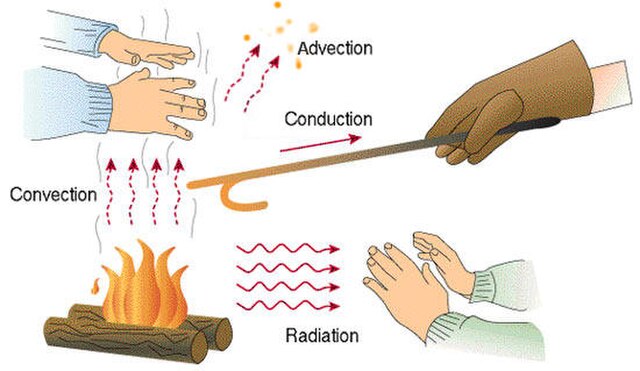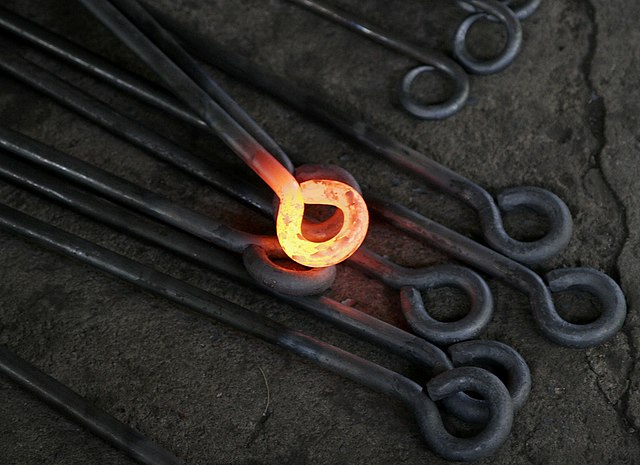Thermal insulation is the reduction of heat transfer between objects in thermal contact or in range of radiative influence. Thermal insulation can be achieved with specially engineered methods or processes, as well as with suitable object shapes and materials.
Mineral wool insulation, 1600 dpi scan
Car exhausts usually require some form of heat barrier, especially high-performance exhausts, where a ceramic coating is often applied.
Common insulation applications in apartment building in Ontario, Canada.
Insulated hot water supply and return hydronic piping on a gas-fired boiler
Heat transfer is a discipline of thermal engineering that concerns the generation, use, conversion, and exchange of thermal energy (heat) between physical systems. Heat transfer is classified into various mechanisms, such as thermal conduction, thermal convection, thermal radiation, and transfer of energy by phase changes. Engineers also consider the transfer of mass of differing chemical species, either cold or hot, to achieve heat transfer. While these mechanisms have distinct characteristics, they often occur simultaneously in the same system.
The four fundamental modes of heat transfer illustrated with a campfire
Red-hot iron object, transferring heat to the surrounding environment through thermal radiation
Lightning is a highly visible form of energy transfer and is an example of plasma present at Earth's surface. Typically, lightning discharges 30,000 amperes at up to 100 million volts, and emits light, radio waves, X-rays and even gamma rays. Plasma temperatures in lightning can approach 28,000 kelvins (27,726.85 °C) (49,940.33 °F) and electron densities may exceed 1024 m−3.
Nucleate boiling of water.








